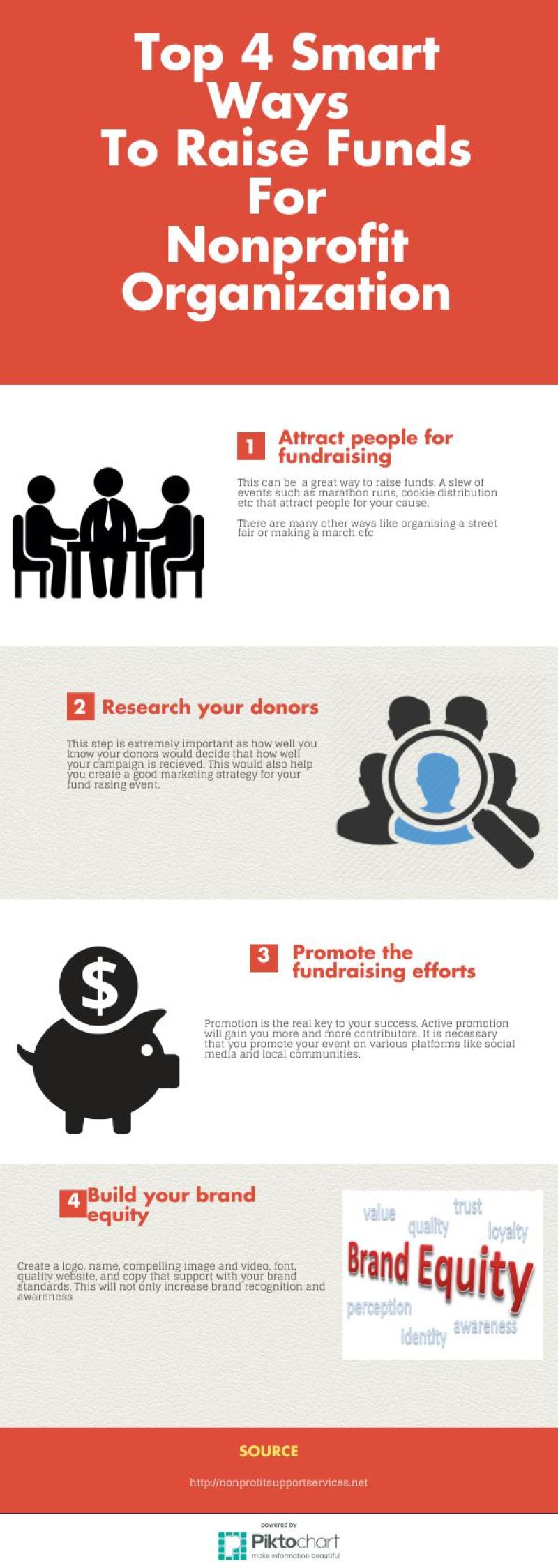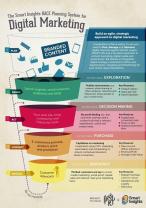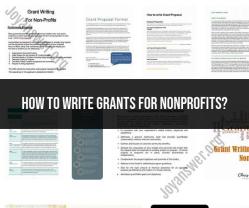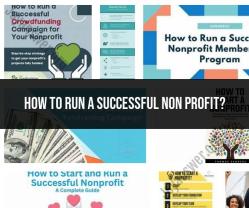How to do smart Seo for nonprofit organizations?
Smart SEO (Search Engine Optimization) strategies can be highly effective for nonprofit organizations looking to increase their online visibility, reach their target audience, and drive more support for their cause. Here are some tips on how to implement smart SEO strategies for nonprofit organizations:
Keyword Research:
- Start by conducting thorough keyword research to identify the most relevant and high-impact keywords related to your nonprofit's mission and activities. Tools like Google Keyword Planner or SEMrush can help you identify keywords with good search volume and low competition.
Optimize Your Website:
- Ensure that your website is user-friendly and mobile-responsive, as Google prioritizes mobile-friendly sites.
- Create high-quality, informative, and engaging content that includes your target keywords. This content can be in the form of blog posts, case studies, infographics, videos, and more.
- Make sure your website is easy to navigate, with a clear menu structure and an XML sitemap for search engines to crawl.
- Optimize page titles, meta descriptions, header tags, and image alt tags with relevant keywords.
- Improve website speed and loading times, as faster sites tend to rank better.
Local SEO:
- If your nonprofit serves a specific geographic area, optimize for local SEO. This includes creating a Google My Business profile, ensuring consistent NAP (Name, Address, Phone) information, and acquiring local backlinks.
Quality Backlinks:
- Building high-quality backlinks to your website is crucial for SEO. Seek out partnerships with other organizations, local businesses, and influencers who can link to your content.
- Encourage your supporters to link to your website and share your content on social media.
Content Marketing:
- Regularly publish informative and relevant content that addresses the needs and interests of your target audience. This can help you build authority and attract organic traffic.
- Develop a content calendar to maintain a consistent posting schedule.
Social Media:
- Use social media platforms to promote your content and engage with your audience.
- Share success stories, photos, and videos that highlight your nonprofit's work.
- Encourage social sharing of your content to increase its visibility.
User Experience:
- Ensure a positive user experience on your website, with fast loading times, easy navigation, and clear calls to action.
- Optimize your website for mobile devices, as many users access the internet through smartphones.
Analytics and Monitoring:
- Regularly track your website's performance using tools like Google Analytics. Pay attention to key performance indicators like organic traffic, conversion rates, and bounce rates.
- Use the data to make informed decisions and adjustments to your SEO strategy.
On-Page SEO:
- Optimize individual pages on your website for specific keywords. Ensure that each page has a clear and unique focus.
Technical SEO:
- Address technical issues such as broken links, duplicate content, and page load times.
SEO Outreach:
- Build relationships with influencers, bloggers, and journalists who may be interested in covering your nonprofit's work. This can result in high-quality backlinks and increased exposure.
Grant and Foundation Directories:
- List your nonprofit on grant and foundation directories, as this can improve your visibility to potential donors and supporters.
Remember that SEO is an ongoing process, and results may take time to materialize. It's important to continually monitor and adapt your strategy to changes in search engine algorithms and the evolving needs of your audience. Smart SEO for nonprofit organizations is about optimizing your online presence to effectively communicate your mission and engage with those who share your cause.
Smart SEO for Nonprofit Organizations: Strategies and Tactics
In today's digital world, a strong online presence is essential for any nonprofit organization. Search engine optimization (SEO) is a critical tool that can help nonprofits increase their visibility, attract more visitors to their websites, and ultimately achieve their missions.
Key Strategies:
Keyword Research: Identify relevant keywords that people are searching for related to your organization's cause and mission.
Content Optimization: Create high-quality, informative content that is optimized for your target keywords. This includes blog posts, articles, infographics, and other engaging content formats.
Technical SEO: Ensure your website is technically sound and easy for search engines to crawl and index. This includes factors such as website speed, mobile-friendliness, and proper structured data markup.
Link Building: Earn backlinks from reputable websites to your website. Backlinks serve as signals to search engines that your website is credible and trustworthy.
Effective Tactics:
Utilize social media: Share your content on social media platforms to increase its reach and drive traffic to your website.
Engage with your audience: Respond to comments and questions, and participate in relevant online communities to build relationships and establish your organization as a thought leader.
Monitor your SEO performance: Use analytics tools to track your website's traffic, search rankings, and keyword performance. This data will help you identify areas for improvement and refine your SEO strategy.
Search Engine Optimization for Nonprofits: Boosting Online Visibility
SEO for nonprofits is about more than just getting found in search results. It's about connecting with people who are passionate about your cause and making a real difference in the world.
Essential Steps:
Define your target audience: Understand who you want to reach with your content and tailor your SEO strategy accordingly.
Create a user-friendly website: Make sure your website is easy to navigate and provides visitors with the information they need.
Optimize your website's title tags and meta descriptions: These elements are displayed in search results and should accurately reflect the content of your pages.
Use relevant keywords throughout your website: Include your target keywords in your page titles, headings, and body content.
Submit your website to search engines: Let Google and other search engines know about your website so they can start indexing your pages.
Ongoing Efforts:
Continuously create and publish new content: Fresh content keeps your website active and signals to search engines that your organization is relevant and up-to-date.
Promote your content: Share your content on social media, email newsletters, and other online channels to attract visitors.
Build relationships with other organizations: Partner with other nonprofits and organizations that share your mission to gain backlinks and expand your online reach.
Improving Nonprofit Websites with SEO Best Practices
SEO best practices for nonprofit websites are similar to those for any other website. However, there are a few additional considerations that nonprofits should keep in mind.
Core Principles:
Prioritize quality content: Focus on creating valuable, informative content that will engage your audience and encourage them to share it.
Embrace mobile-friendliness: With the majority of internet searches now happening on mobile devices, it's crucial that your website is optimized for mobile viewing.
Ensure accessibility: Make sure your website is accessible to people with disabilities by following web accessibility guidelines.
Promote transparency: Clearly communicate your organization's mission, impact, and financial information to build trust with potential donors and supporters.
Additional Tips:
Utilize storytelling: Share personal stories and case studies to connect with your audience on an emotional level and showcase the impact of your organization's work.
Incorporate multimedia: Use images, videos, and infographics to break up text and make your content more visually appealing.
Optimize for local search: If your organization serves a specific geographic area, make sure your website is optimized for local search results.
Encourage feedback: Provide opportunities for visitors to provide feedback on your website and content. This input can help you identify areas for improvement and make your website more user-friendly.











